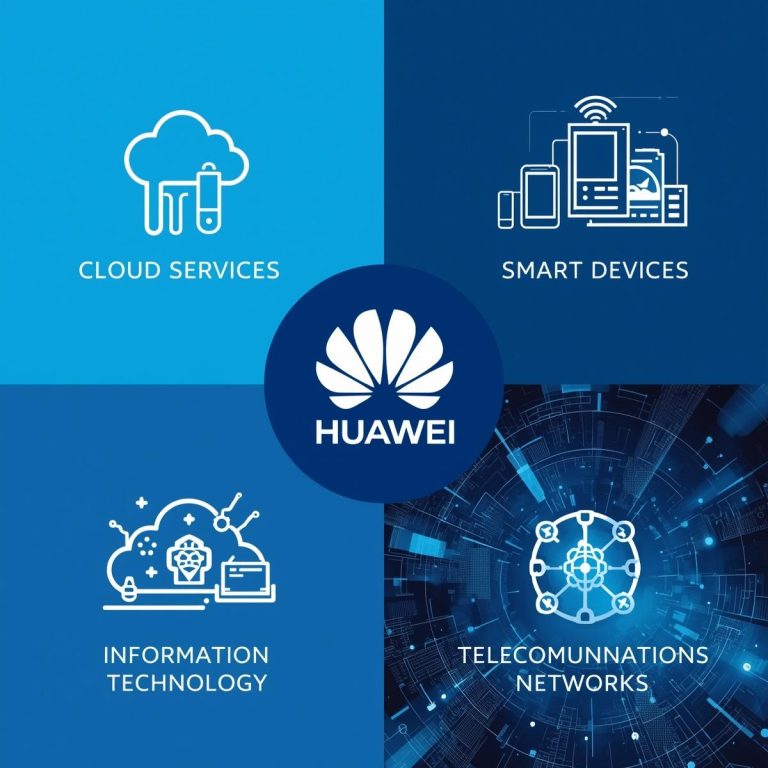
Pension scheme

Pensions have traditionally been crucial in guaranteeing financial security for government workers, making them a highly important factor for someone embarking on a career in public service. In recent times, pension programs have attracted significant interest from employees at both the national and state levels.
In August 24, the Union Cabinet granted approval to the Unified Pension Scheme (UPS), which ensures a fixed pension for government employees who enlisted in the service after January 1, 2004, as part of the National Pension System. This voluntary program, effective from April 1, 2025, will provide benefits to 23 lakh Central government employees, with the possibility of increasing to 90 lakh if state governments also participate in the program.
The announcement was made prior to the next Assembly elections in Haryana and Jammu & Kashmir, which are planned to take place in September-October. Amidst the backdrop of many non-BJP-governed States opting to return to the Old Pension Scheme (OPS) connected to dearness allowances. The UPS also recognises the longstanding requests of government employees over the disbursement of funds earned by retired employees under the current New Pension Scheme (NPS).
The Union Cabinet has given its approval for the Unified Pension Scheme (UPS), whose implementation is due to start on April 1, 2025. The primary objective of this new pension legislation is to offer central government employees a guaranteed pension.
The declaration has ignited a controversy among employees now registered in the National Pension System (NPS) over their prospective migration to the new UPS.
According to On Demand News, UPS will combine the Old Pension System’s (OPS) fixed benefits’ stability with the NPS’s flexibility and self-contribution features.
The objective of this strategy is to offer employees a well-balanced pension framework that is both foreseeable and flexible in response to market realities.
What led India to replace OPS with NPS
Retired government employees under the OPS scheme were entitled to receive monthly pensions equivalent to 50 percent of their final draw salary, which includes both basic pay and dearness allowance. The sum rose periodically, as the DA rates were adjusted every six months to incorporate inflation. In contrast to provident funds, the OPS did not necessitate any salary contribution from employees during their tenure; the government disbursed the full sum to the employee after they retired.
Government officials during the Atal Bihari Vajpayee-led National Democratic Alliance administration (1999–2004) expressed apprehensions concerning the long-term viability of the OPS. Their contention was that as the government itself assumed the whole pension responsibility without a dedicated fund established gradually, this obligation would escalate to financially unsound and unmanageable heights. Furthermore, this reasoning took into account the extended life expectancy of retired workers who had access to superior healthcare facilities in comparison to earlier decades.
The worries galvanised the Center’s endeavours to overhaul India’s pension systems, resulting in the replacement of the OPS by the NPS on January 1, 2004. A market-linked pension scheme, the NPS calculates pensions based on specified payments from both employees and the government. The policy mandates that government employees contribute 10 percent of their salary (comprising basic pay and Da), and the government initially matches that commitment. The Central government, under the BJP’s leadership, increased the government contribution to 14% in April 2019.
Under the National Pension Scheme (NPS), employees are required to allocate their increasing funds by selecting from a variety of pension fund programs. 11 fund managers, including SBI, LIC, Unit Trust of India, HDFC, ICICI, Kotak Mahindra, Aditya Birla, Tata, Max, Axis, and DSP, currently oversee the management of these schemes. These fund managers are all subject to regulation by the Pension Fund Regulatory and Development Authority.
Except for those in the armed forces, all government employees joining the Central government on or after January 1, 2004, have been subject to the implementation of the NPS. The majority of State and Union Territory administrations have also implemented the National Pension Scheme (NPS) for their newly hired personnel.
Notable Characteristics of UPS, OPS, SPS
Unified Pension Scheme (UPS)
Until 2004, the government implemented the Old Pension system (OPS) as its initial system specifically designed for government employees. The benefit was granted to retirees in a guaranteed and sufficient amount, determined as 50% of their most recent wage.
The pension amount was automatically raised with regular increments in Dearness Allowance (DA), therefore establishing it as an inflation-indexed program. Under the OPS program, government employees are exempt from contributing to their pension as the government covers the whole cost of the pension. This offered pensioners a sense of security, as they could be assured that their income would be consistent and would maintain proportion with rising inflation.
1. Guaranteed Pension: A lifelong monthly pension consisting of 50% of their most recent deducted wage.
2. As with serving employees: these three types of pensions will be eligible for dearness relief computed based on the All India Consumer Price Index for Industrial Workers.
3. Family Pension: If an employee dies, their family will be entitled to receive 60% of the pension balance.
4. Lumpsum Superannuation Payout: Supplementary payment received upon retirement, in addition to gratuity benefits.
5. Minimum Pension: Participants with a minimum of 10 years of central government employment are entitled to a minimum pension of ₹10,000 per month.
6. Similar to NPS: The UPS system is a contributory government program, similar to the NPS, that receives funding from both the government (18.5% of the salary) and employees (10% of their wages). In order to guarantee the long-term viability of the system, the government may modify its contribution based on regular actuarial evaluations.
Old Pension Scheme (OPS)
Until 2004, the government implemented the Old Pension system (OPS) as its initial system specifically designed for government employees. The benefit was granted to retirees in a guaranteed and sufficient amount, determined as 50% of their most recent wage.
The pension amount was automatically raised with regular increments in Dearness Allowance (DA), therefore establishing it as an inflation-indexed program. Under the OPS program, government employees are exempt from contributing to their pension as the government covers the whole cost of the pension. This offered pensioners a sense of security, as they could be assured that their income would be consistent and would maintain pace with rising inflation.
- The OPS pension for government employees at both the Center and States was set at 50% of their most recent basic salary receipt. An additional Dearness Relief was provided to account for the rise in the expense of living, computed as a percentage of the base pay.
- Nevertheless, the lack of funding for the pension necessitated the implementation of the New Pension Scheme in 2004 by the NDA government.
National Pension Scheme (NPS)
The New Pension Scheme (NPS) was implemented in 2004, signifying a shift from the defined benefit architecture of the Old Pension Scheme (OPS) to a defined contribution framework. Under the National Pension Scheme (NPS), employees are required to contribute 10% of their salaries to their pension fund, while the government will contribute an extra 14%.
The pension amount under the National Pension Scheme (NPS) is entirely determined by the contributions paid and the invested capital. In contrast to OPS, NPS does not provide a predetermined sum, therefore increasing its level of risk. However, it holds the possibility for greater returns contingent upon market success. National Pension Scheme (NPS) is gaining popularity in both public and commercial sectors because of its advantageous tax advantages and customizable investment options.
- The National Pension Scheme (NPS) replaced the Old Pension Scheme (OPS) on January 1, 2004 as a component of the Centre’s retirement policy reform in India. The OPS was deemed unsustainable in the long run due to its imbalance in fiscal spending.
- Employees are required to contribute 10% of their base income and dearness allowance to the NPS, while the government contributes 14% (which is expected to be raised to 18% under UPS).
- Nine pension fund managers—LIC, SBI, ICICI, Tata, Aditya Birla, Kotak Mahindra, HDFC, UTI, and Max—offer schemes under NPS.
Comparison table outlining the key differences between the Unified Pension Scheme (UPS), National Pension System (NPS), and Old Pension Scheme (OPS):
In conclusion, understanding the nuances of UPS, NPS, and OPS is crucial for making an informed decision about retirement planning. Each scheme offers unique benefits tailored to different needs and risk appetites. While OPS provides guaranteed financial security without market risks, NPS offers flexibility with potential for higher returns, albeit with associated risks. The newly introduced UPS aims to bridge the gap between the two by offering assured returns with some flexibility, making it an attractive option for those seeking a balance between security and growth. As retirement planning is a critical aspect of financial security, evaluating these options carefully will help government employees choose the scheme that best aligns with their long-term goals and expectations.
Table Source: https://taxupdates.cagurujiclasses.com
|





